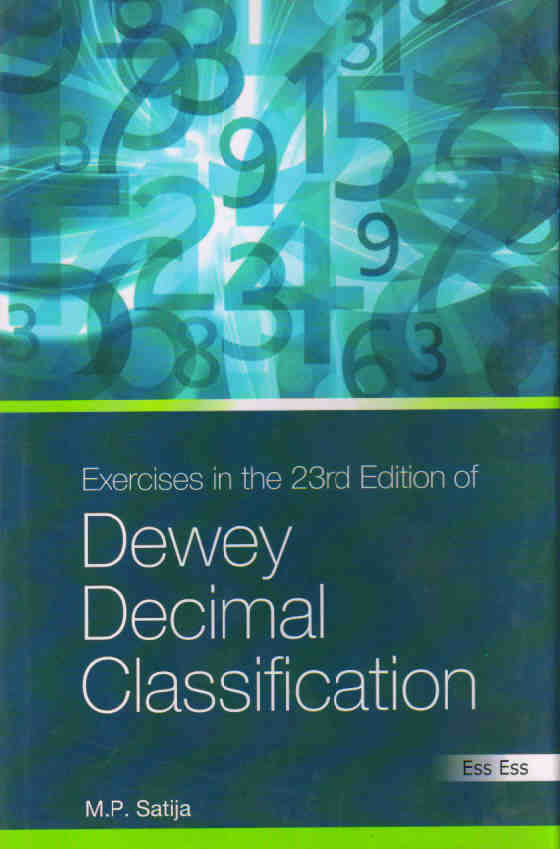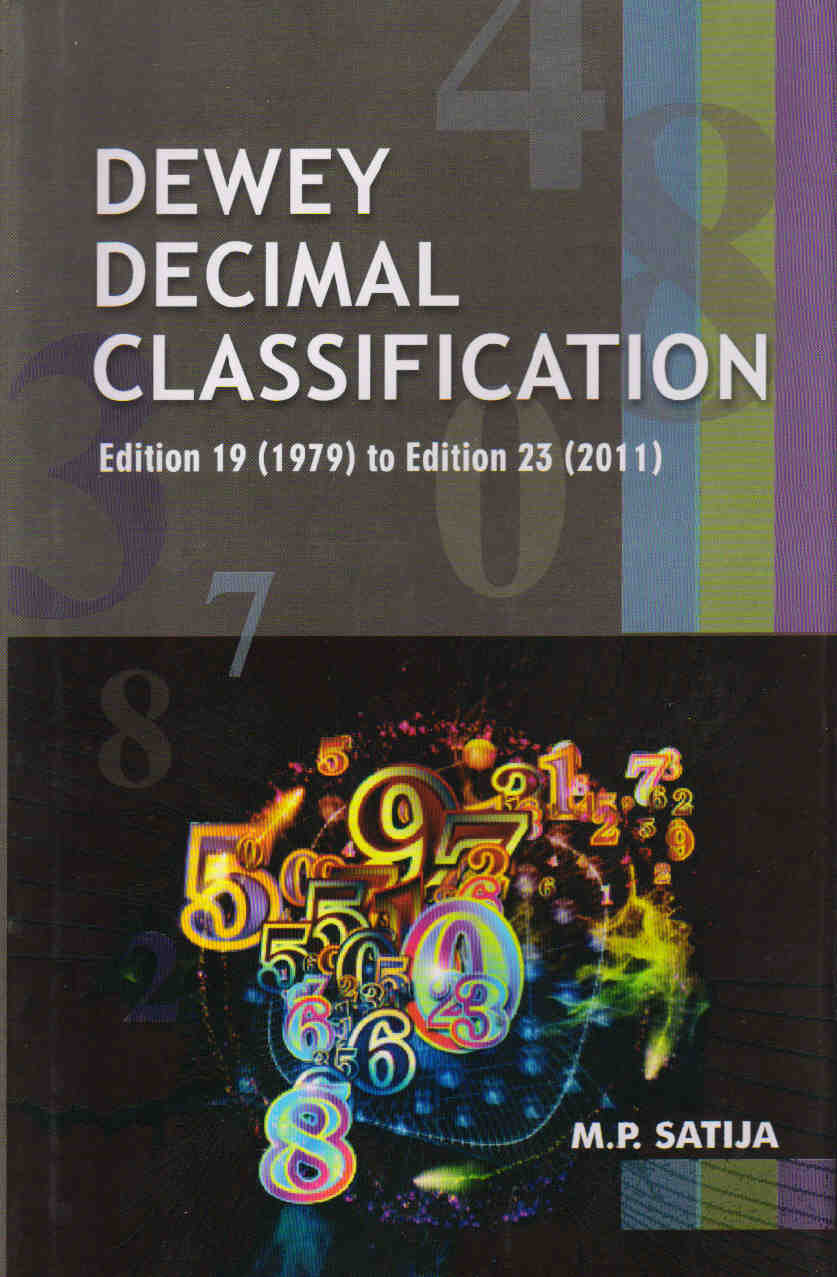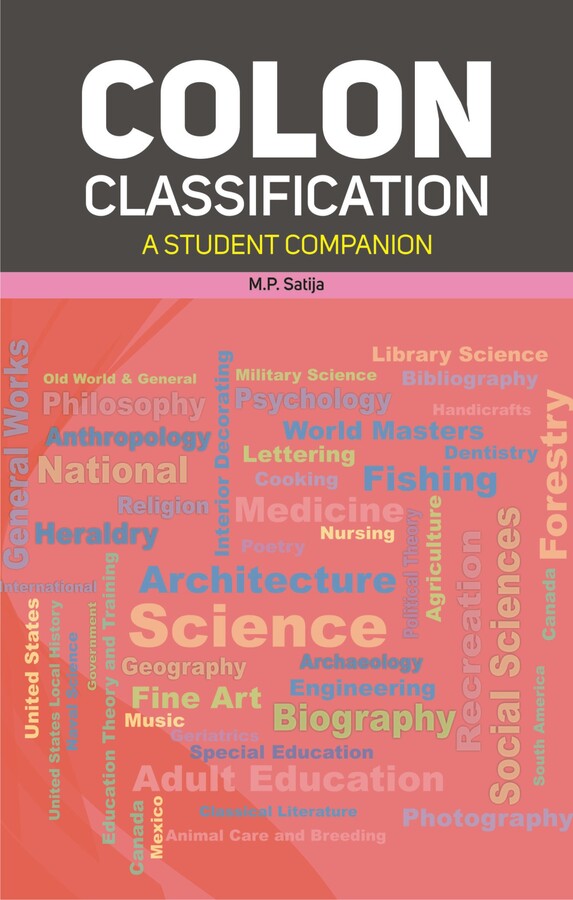This book describes the structure of the DDC. The various chapters discuss the history; structure; notation; Devices such as: common auxiliaries, special auxiliaries available for the extension of the class and the isolate; and mnemonics. The parts explain the methodology of classifying documents. It is divided into two main divisions. The scope of the subjects covered under the various sub-divisions along with the methodology of number building has been discussed under each main division
An Introduction to Dewey Decimal Classification
Rs. 1000
Additional information
| ISBN | 817000165X |
|---|---|
| Year of Publication | 2005 |
| Binding | HardBound |
| Pages | 302 |
| Edition | |
| Language | English |
Preface
Section A: Number Building in Dewey Decimal Classification
Chapters
1. Dewey Decimal Classification: An Introduction
2. Relative Index and its Utility
3. Table 1: Standard Subdivisions
4. Table 2: Areas
5. Table 3: Subdivisions of Individual Literature
6. Table 4: Aubdivisions of Individual Languages
7. Table 5: Racial, Ethnic National Groups
8. Table 6: Languages
9. Table 7: Persons
10. Number Building in Dewey Decimal Classification
11. Classification of Books According to Dewey Decimal classification
12. 000 Generalities
13. 100 Philosophy and Related Disciplines
14. 200 Religion
15. 300 Social Sciences
16. 400 Languages
17. 500 Pure Sciences
18. 600 Technology (Applied Sciences)
19. 700 The Arts
20 800 Literature (Belles-Relaters)
21. 900 General Geography and History
Exercises
Solutions
Appendix






